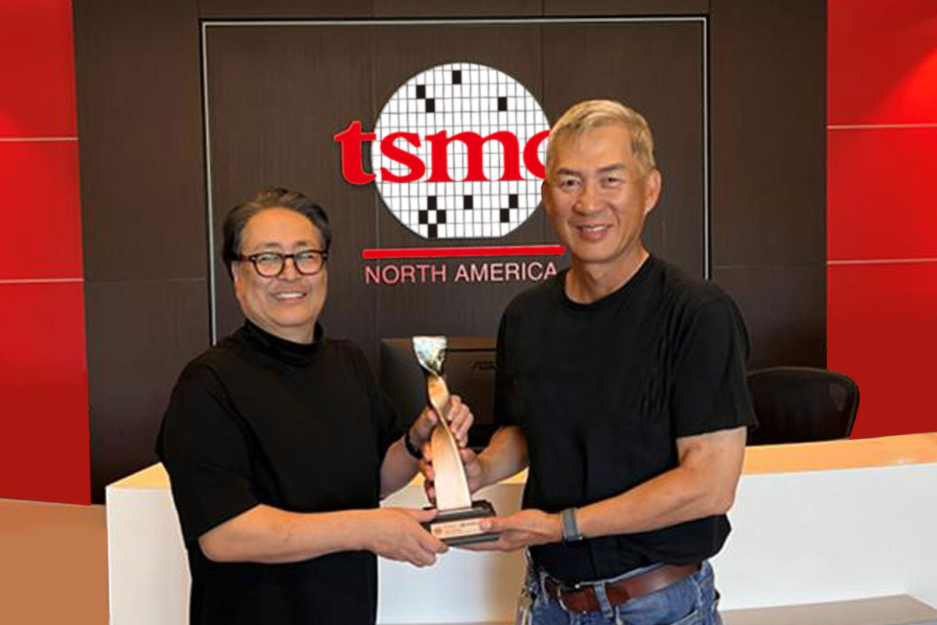About apollo2
About apollo2
Blog Article

Apollo4 Plus 01 Ambiq® introduces the most recent addition for the Apollo4 SoC family, the fourth era of Location-enabled SoCs. Crafted on a rich architecture, the Apollo4 Plus provides Increased graphics effectiveness and additional on-chip memory. Having a crafted-in graphics processing device (GPU) and also a large performing Display screen driver, Apollo4 Plus allows designers of next era wearables and intelligent devices to provide a lot more stunning person interface (UI) results and In general consumer expertise inside of a safer setting to consider their ground breaking merchandise to the subsequent stage.
If extra memory is necessary, an exterior memory is supported by way of Ambiq’s multi-bit SPI and eMMC interfaces.
The brand new Singapore regional hub will function A serious Middle for the future structure of Location-enabled edge clever devices. Ambiq’s patented Subthreshold Ability Optimized Know-how (Location®) System takes advantage of common transistors inside a non-regular working mode to build reliable, strong semiconductors that eat much less Power in a cost-helpful and mainstream producing approach.
As portion of this expansion, Ambiq is actively recruiting regional abilities to bolster its staff and assist its worldwide expansion.
Right after appreciable debate inside of NASA, it absolutely was determined in late 1962 that lunar missions might have a "lunar orbit rendezvous" manner whereby the entire Apollo spacecraft would be propelled in direction of lunar orbit via the third stage with the launch automobile, the S-IVB. The moment in lunar orbit, the astronauts who would land would enter what was then called the Lunar Tour Module, which might separate from the rest of the spacecraft, land, and immediately after taking off once more be discarded when the crew experienced transferred back.
In the aftermath of your Jan. 27 Apollo one hearth, on Feb. 13 workers eradicated the spacecraft with the rocket and returned it on the MSOB so engineers could inspect the CM for just about any feasible wiring issues just like the one that brought on the hearth. This also furnished a chance to destack the S-IVB and the S-II spacer, changing the latter on Feb.
We would want to give Specific thanks to all All those People in america who crafted the spacecraft; who did the construction, structure, the exams, and set their hearts and all their skills into All those craft. To those people tonight, we provide a special thanks, and also to each of the Others which have been listening and observing tonight, God bless you. Superior night from Apollo eleven.[177]
“We have been amazingly delighted to just accept this award from IoT Breakthrough for our SoCs’ breakthrough performance and contribution to your semiconductor business.”
Read a lot more SoC Ambiq Apollo household of SoC signifies a quantum breakthrough in extremely-minimal electric power style, giving essentially the most Electricity-economical sensor processing answers available in the market.
These devices, run by the Ambiq Apollo3 Blue SoC, employ Bluetooth alerts to trace individuals in proximity and may run and not using a recharge for a formidable four to six months.
During the mission, the trigger was diagnosed because the rendezvous radar switch getting in the wrong placement, triggering the computer to approach knowledge from both of those the rendezvous and landing radars concurrently.[121][122] Software engineer Don Eyles concluded in a 2005 Direction and Regulate Conference paper that the issue was as a result of a components style and design bug previously seen throughout testing of the main uncrewed Ambiq semiconductor LM in Apollo five. Acquiring the rendezvous radar on (so it absolutely was warmed up in the event of an unexpected emergency landing abort) should have been irrelevant to the computer, but an electrical phasing mismatch concerning two aspects of the rendezvous radar process could lead to the stationary antenna to appear to the computer as dithering forwards and backwards involving two positions, dependent upon how the components randomly driven up.
[a hundred and ten] Mission controllers experienced prepared to mail Apollo twelve's S-IVB into photo voltaic orbit just after separation with the Apollo spacecraft, but it's considered the burn off lasted far too very long, and for this reason didn't ship it near adequate for the Moon, so it remained inside a barely secure orbit within the Earth and Moon. In 1971, via a number of gravitational perturbations, it really is thought to possess entered in a photo voltaic orbit and afterwards returned into weakly captured Earth orbit 31 yrs later on. It left Earth orbit again in June 2003.[111] See also[edit]
The media accused Armstrong of working out his commander's prerogative to exit the spacecraft initially.[97] Chris Kraft uncovered in his 2001 autobiography that a gathering happened among Gilruth, Slayton, Very low, and himself to make sure Aldrin would not be the primary to wander around the Moon.
While most People had been happy with their nation's achievements in space exploration, just once throughout the late sixties did the Gallup Poll reveal that a majority of usa citizens favored "performing extra" in Room as opposed to "undertaking much less". By 1973, fifty nine percent of People polled favored cutting shelling out on space exploration. The Room Race were won, and Chilly War tensions were easing since the US and Soviet Union entered the era of détente.
Get Smart. Use Less Energy.
Ultra-low power SoCs for IoT endpoint devices
that demand complex operations
and longer battery life.
✍ Ambiq® is committed to further improve the quality of life by enabling the intelligence of endpoints while further reducing carbon footprints. Ambiq – your partner in endpoint intelligence.
✯✯✯Based in Austin, San Jose, Hsinchu, Shenzhen, and Shanghai, our leadership and management teams consist of advocates, builders, enthusiasts, entrepreneurs, explorers, incubators, inventors, pioneers, protectors, thinkers, and visionaries. With a diverse spectrum of experiences and skillset, we came together and united with one goal to enable the true Internet of Things where the battery-powered endpoint devices can truly be connected intuitively and intelligently 24/7.
Ambiq Wins the Demo of the Year Award at 2023 TSMC Technology Symposium
September 7, 2023, Austin, TX – Ambiq®, a leading developer of ultra-low-power semiconductor solutions that deliver a multifold increase in energy efficiency, was awarded the Demo of the Year Award by TSMC as a participant of the Innovation Zone at the 2023 TSMC North America Technology Symposium.
Ambiq Wins the Demo of the Year Award at 2023 TSMC Technology Symposium
During the April event, Ambiq showcased various Low-power processing product design wins using TSMC’s 22nm technology in wearables, digital health, smart home, Industrial IoT, pet trackers, and retail segments, with industry-leading energy efficiency. Ambiq also featured two live demos emphasizing its leadership in enabling endpoint AI with its HeartKit™ for remote patient monitoring and its graphics display capabilities for a vivid user interface. 
TSMC pioneered the pure-play semiconductor foundry business model when it was founded in 1987, helping startup companies accelerate their innovations by providing access to the industry’s leading process technologies and manufacturing capacity. Since 2021, TSMC has expanded that mission with an Innovation Zone at its worldwide Technology Symposiums, highlighting how TSMC partners with startup companies to enable cutting-edge products from various applications, including high-performance computing, communication, automotive, IoT, and consumer segments.
“We’re grateful to TSMC and our booth visitors for allowing us to share our energy-efficient technology and processor solutions with them,” said Ambiq’s CEO, Fumihide Esaka. “We’re moving towards an exciting frontier of AI becoming more engrained with our daily lives. With that vision on the horizon, we will continue to develop innovative and first-of-its-kind ultra-low-powered solutions that keep innovation and sustainability in mind. 
Ambiq’s mission is to develop the lowest-power semiconductor solutions to enable intelligent devices everywhere by developing the lowest-power semiconductor solutions to drive a more energy-efficient, sustainable, and data-driven world. Ambiq has helped leading manufacturers worldwide develop products that last weeks on a single charge (rather than days), while delivering a maximum feature set in compact industrial designs. Ambiq’s goal is to take Artificial Intelligence (AI) where it has never gone before in mobile and portable devices, using Ambiq’s advanced ultra-low power system on chip (SoC) solutions. Ambiq has shipped more than 200 million units as of March 2023.
Ambiq Designs Low-Power for Next Gen Endpoint Devices
Ambiq’s VP of Architecture and Product Planning, Dan Cermak, joins the ipXchange team at CES to discuss how manufacturers can improve their products with ultra-low power. As technology becomes more sophisticated, energy consumption continues to grow. Here Dan outlines how Ambiq stays ahead of the curve by planning for energy requirements 5 years in advance.
Ambiq Highlights From Embedded World 2024
Facebook | Linkedin | Twitter | YouTube